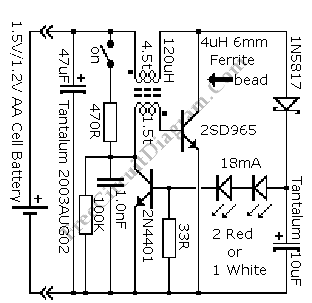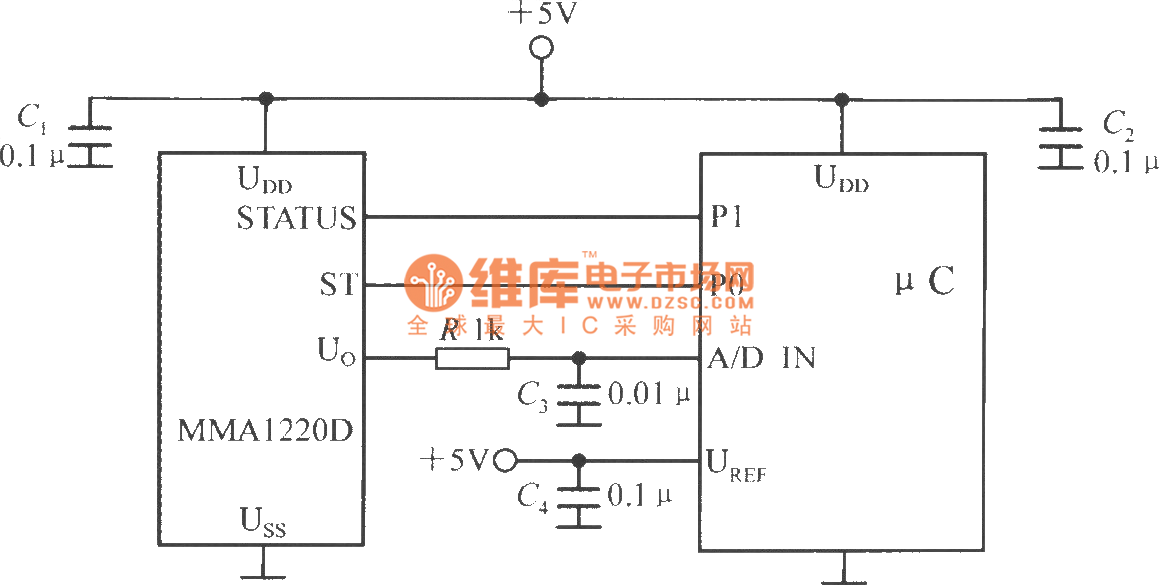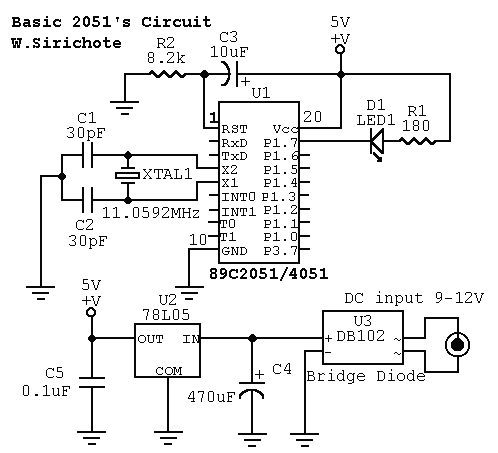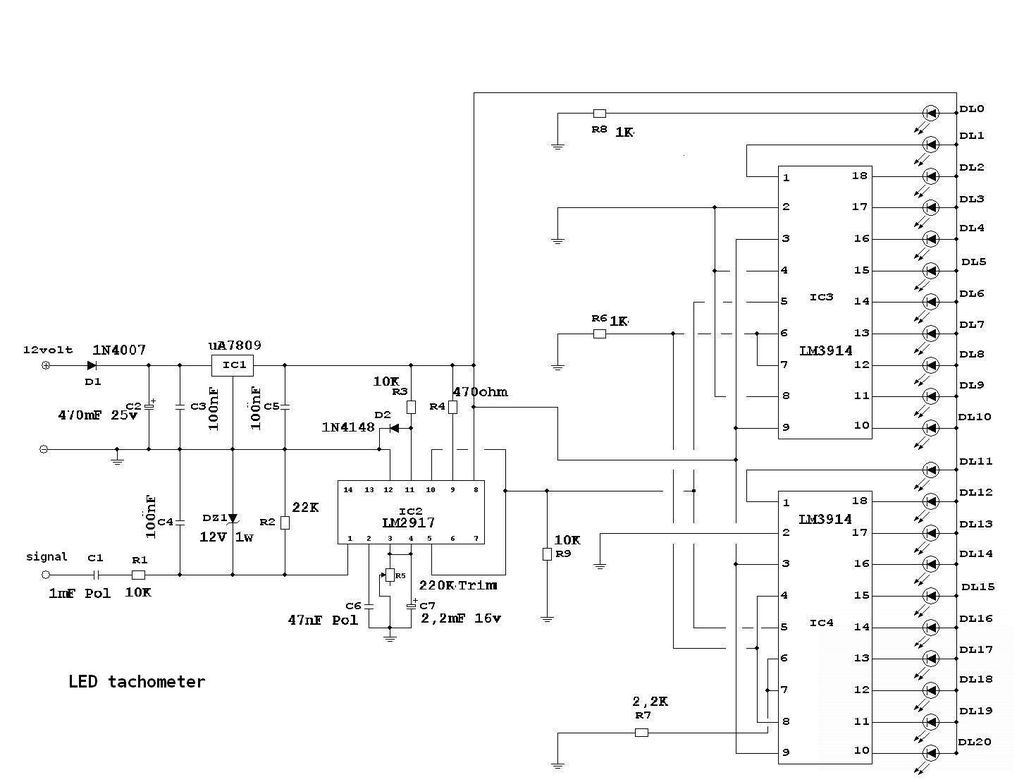
Powering LED from Single AA Cell

The advantage of LED technology is its longer lifespan compared to incandescent lamps, along with higher efficiency in the latest LED advancements. Additionally, LEDs are very compact; however, there are some limitations.
LEDs, or Light Emitting Diodes, are semiconductor devices that emit light when an electric current passes through them. The longevity of LEDs can reach up to 25,000 to 50,000 hours, significantly outlasting traditional incandescent bulbs, which typically last around 1,000 hours. This extended lifespan translates to reduced replacement frequency and lower maintenance costs over time.
In terms of efficiency, modern LED technology can achieve luminous efficacy values exceeding 100 lumens per watt. This is in stark contrast to incandescent bulbs, which generally provide only about 10-17 lumens per watt. The high efficiency of LEDs results in lower energy consumption, making them a more sustainable lighting option.
The compact nature of LEDs allows for versatile design applications. They can be used in a variety of configurations, including surface-mounted devices (SMD), through-hole components, and integrated into complex lighting systems. This flexibility enables their incorporation into everything from simple indicator lights to sophisticated architectural lighting solutions.
However, despite their advantages, there are some limitations associated with LED technology. These may include higher initial costs compared to incandescent bulbs, potential thermal management issues due to heat generation, and sensitivity to voltage fluctuations. Proper circuit design and implementation are essential to maximize the benefits of LEDs while mitigating their drawbacks.
In summary, while LEDs offer significant advantages in terms of lifespan, efficiency, and compactness, careful consideration must be given to their implementation in electronic circuits to ensure optimal performance and reliability.The benefit of LED is longer lifetime than incandescent lamp, and even higher efficiency in latest LED technology. LED is also very compact, but unfortunately. 🔗 External reference
LEDs, or Light Emitting Diodes, are semiconductor devices that emit light when an electric current passes through them. The longevity of LEDs can reach up to 25,000 to 50,000 hours, significantly outlasting traditional incandescent bulbs, which typically last around 1,000 hours. This extended lifespan translates to reduced replacement frequency and lower maintenance costs over time.
In terms of efficiency, modern LED technology can achieve luminous efficacy values exceeding 100 lumens per watt. This is in stark contrast to incandescent bulbs, which generally provide only about 10-17 lumens per watt. The high efficiency of LEDs results in lower energy consumption, making them a more sustainable lighting option.
The compact nature of LEDs allows for versatile design applications. They can be used in a variety of configurations, including surface-mounted devices (SMD), through-hole components, and integrated into complex lighting systems. This flexibility enables their incorporation into everything from simple indicator lights to sophisticated architectural lighting solutions.
However, despite their advantages, there are some limitations associated with LED technology. These may include higher initial costs compared to incandescent bulbs, potential thermal management issues due to heat generation, and sensitivity to voltage fluctuations. Proper circuit design and implementation are essential to maximize the benefits of LEDs while mitigating their drawbacks.
In summary, while LEDs offer significant advantages in terms of lifespan, efficiency, and compactness, careful consideration must be given to their implementation in electronic circuits to ensure optimal performance and reliability.The benefit of LED is longer lifetime than incandescent lamp, and even higher efficiency in latest LED technology. LED is also very compact, but unfortunately. 🔗 External reference





